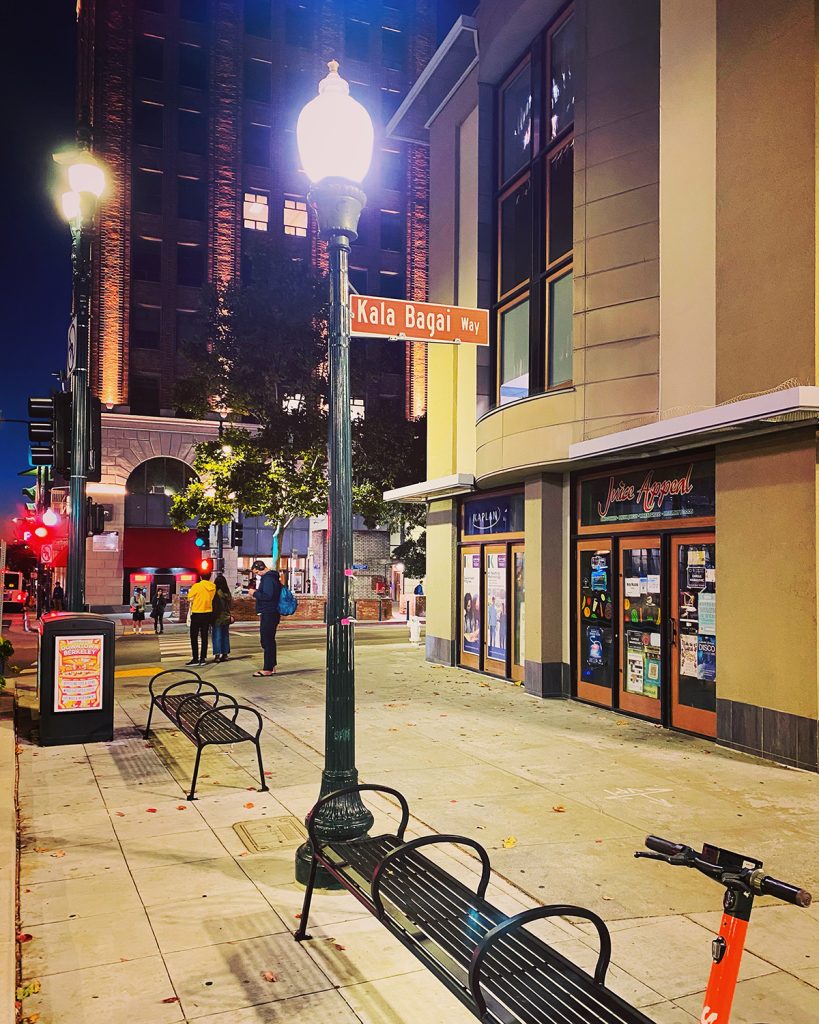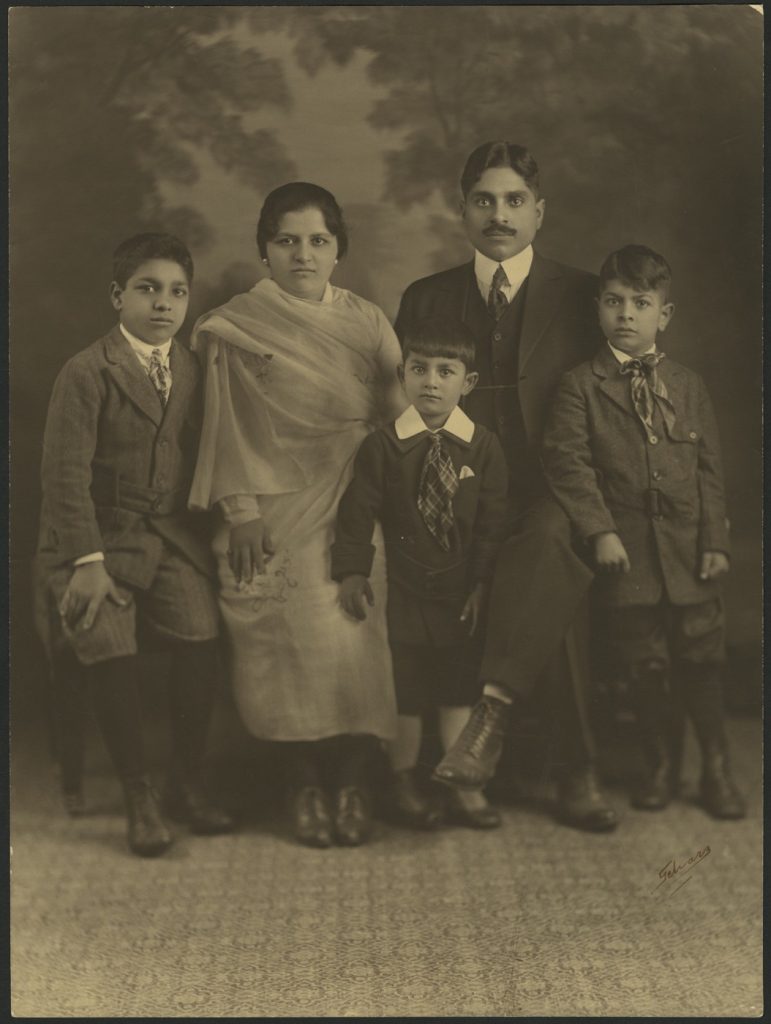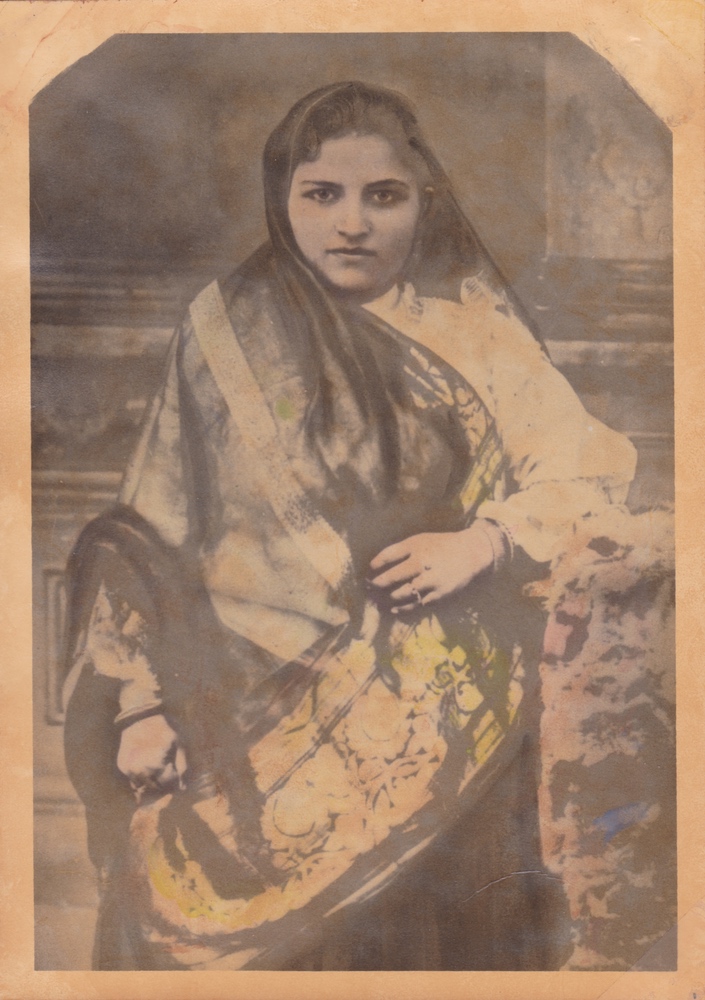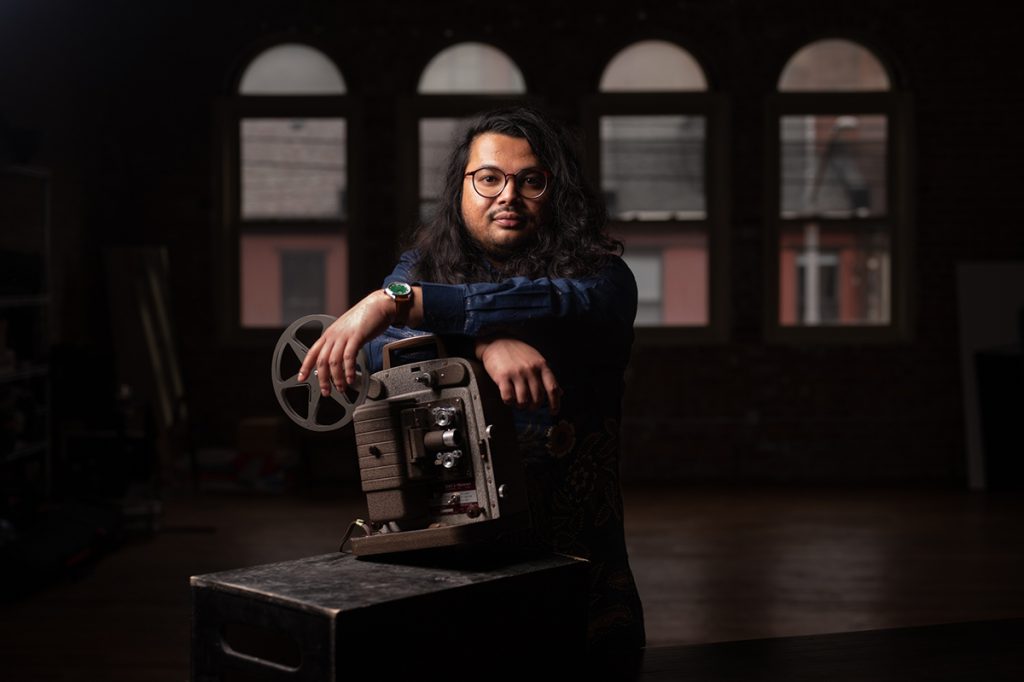Exploring the legacy of Kala Bagai, an early Indian woman in America
Every evening after wrapping up his archival research at the University of California, Berkeley, Ph.D. candidate Arko Dasgupta would stroll into downtown Berkeley. Just one block away from the university, he would pause at “Kala Bagai Way,” a street name that always sparked his interest.

Standing there, he often found himself lost in thought, wondering: Why do I know so little about Kala Bagai? What was her story? Why was this street in Berkeley named after her?
Dasgupta, a Doctoral Scholar with Duke’s Samuel DuBois Cook Center on Social Equity, already had research interests in early Indian migration in the United States, so he decided to investigate.
In exploring her life, Dasgupta’s goal has been clear: to bring Kala Bagai’s story to light in both India and the United States. “I hope readers come to appreciate the complexities that immigrants wishing to start life in the United States encountered in the last century and still today,” he says.
Upon his initial investigation, Dasgupta learned that in September 2020 the Berkeley City Council renamed the street in honor of Kala Bagai, one of the first Indian women to immigrate to the United States.
This recognition came from the very town that, over a 100 years earlier, had greeted her and her family with cruelty and hostility.
Dasgupta was fascinated. This topic became the focus of his recent article published the India International Centre Quarterly. “I wanted to dig deeper into the life of Kala Bagai who arrived in this country at a time when there were hardly any women from India here”, he says.

Kala Bagai arrived in the U.S. in 1915, a time when Indian women were rare in America. Her husband, Vaishno Das Bagai, was involved in the Ghadar Movement, which sought to challenge British colonial rule from its base in the United States. Despite their financial comfort, the Bagai family faced significant racism in their new setting, exemplified by their rejection when trying to settle in Berkeley.
When they purchased a home in Berkeley, California, their new neighbors locked them out of their house and prevented them from moving in.
“The Bagais, unlike their neighbors, were not White” Dasgupta says.
In 1923, two years after Vaishno Das Bagai had become a U.S. citizen, the Supreme Court’s decision in United States v. Bhagat Singh Thind stripped him of his citizenship, ruling that Indians were not “white” and therefore ineligible for citizenship. Five years later, crushed by the injustice and having had to forego their assets, Vaishno Das took his own life.

“Being a single mother to three children under these circumstances in a country that could be unwelcoming to people of her racial background was doubtlessly challenging,” Dasgupta says.
After losing her husband, Kala Bagai faced the challenges of single motherhood in San Francisco head-on. Determined not to be defeated, she enrolled in night school to learn English and, with the help of a banker, wisely invested her late husband’s life insurance in stocks, securing her family’s financial future.
Kala’s strength and resilience shaped her path forward. She became a philanthropist and joined the American Wives of India, fostering cultural connections. Her son, Ram, became a key figure in the Indian American community, even supporting Dr. Martin Luther King Jr.’s Civil Rights Movement.
In the 1950s, after the Luce-Celler Act granted U.S. citizenship to Indians, Kala purchased property in Los Angeles. Her home became a welcoming haven for South Asian students from UCLA, where her hospitality and warmth made her beloved in the community.
“She enjoyed hosting, feeding, and taking care of people!” Dasgupta says, highlighting her deep commitment to nurturing those around her.
Kala became a pillar of the South Asian community in Southern California, earning the affectionate title of Jhaiji, or grandmother, and was widely recognized as a founding member of the Indian community there.
Her legacy, rooted in resilience, endures in the lasting impact she made by promoting cultural understanding and inspiring others to uplift and connect with their communities. Her unwavering commitment to these values continues to influence and empower those who follow in her footsteps.

“This story is worth telling because it enriches the larger story of early immigrants from the Indian subcontinent, particularly in a field that is mainly populated by the stories of men” Dasgupta says.
You can read Dasgupta’s full piece in the Summer 2024 issue of IIC Quarterly.

